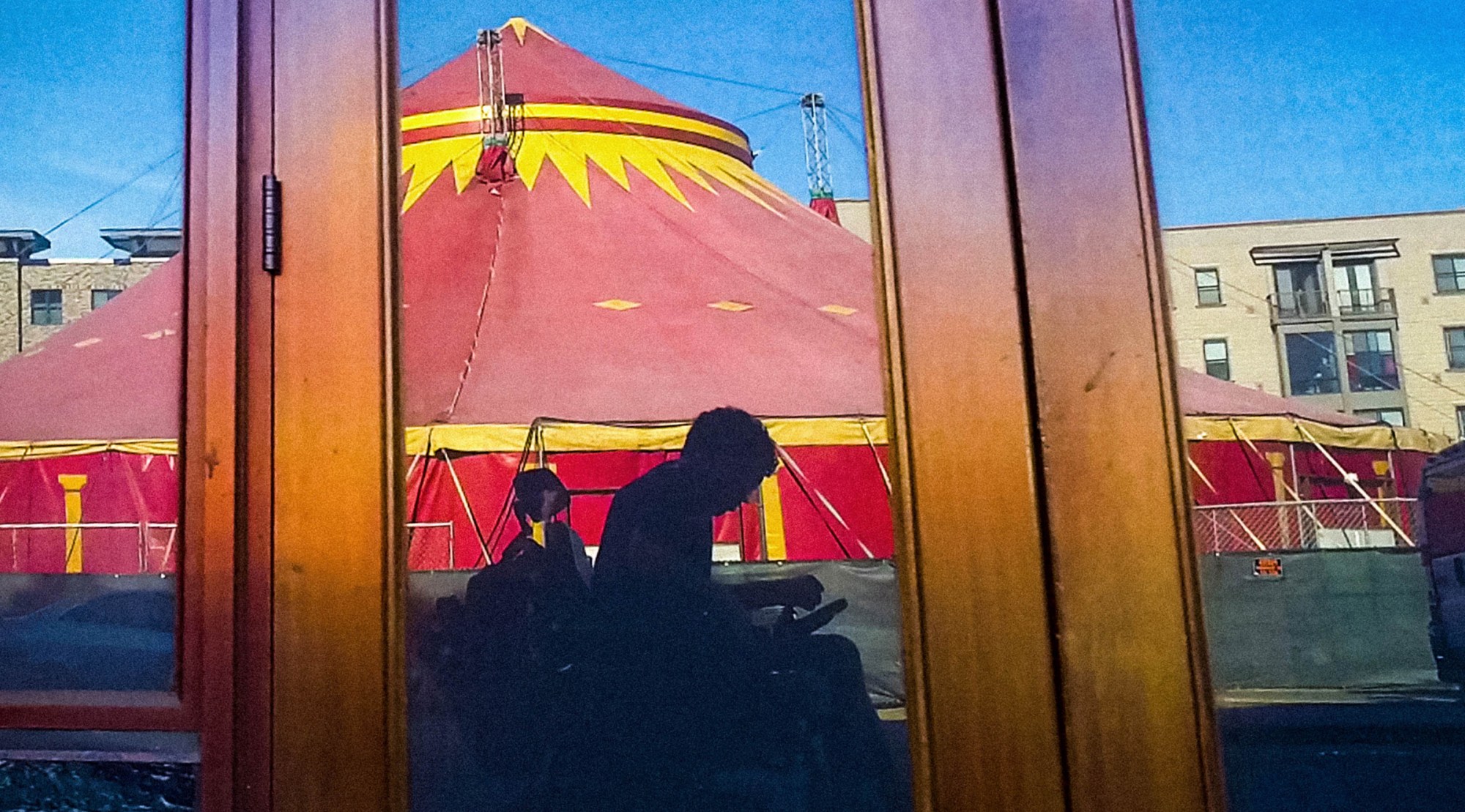
- Film
Docs: “I Didn’t See You There” Serves Up a Fascinating Exploration of Ableist Society
Nonfiction movies generally provide the cheapest form of travel there is, offering entrée to a diverse array of different cultures, worlds, and points of view. It’s probably also true, however, that the natural inquisitiveness of talented documentary filmmakers is infrequently matched by a visual vocabulary that elevates the subject being explored in their movies. Director Reid Davenport’s I Didn’t See You There, however, is an arresting exception to this.
In I Didn’t See You There, the mode of expression fundamentally underscores and uplifts its examination of various perceptions of physical disability. An interesting and affecting first-person cinematic essay from a documentarian and activist with cerebral palsy, the movie is a meditative snapshot of personal identity that aims to unpack some of the myths of handicap and turn a critical eye on the legacy of an ableist society.
Winner of the Directing Award in the U.S. Documentary category at the 2022 Sundance Film Festival, as well as the Grand Jury Prize at this year’s Full Frame Film Festival, Davenport’s movie receives a platform theatrical release this month.
It will make its way to public television in January, in the United States, as part of the 35th season of the groundbreaking and lauded POV series, before eventually heading to streaming and VOD.
Through both previous short film efforts, including A Cerebral Game, and his work as co-founder and CEO of the nonprofit organization Through My Lens, Davenport’s professional life has focused on the prevalence of stigmas within the media discourse whenever disability is addressed. I Didn’t See You There further mines this seam, putting himself at the center of the exploration.
Davenport describes the genesis of his feature film debut as having roots in the purchase of a new camera, and “looking for shapes and patterns without worrying about meaning and words.” Shot entirely from his literal perspective (thus often, but not always, from a wheelchair), the film develops an ebb and flow between the experimental and something with a bit more form.
After his imagination is captured by the appearance of a large circus tent in his Oakland, California, neighborhood, Davenport uses this as a leaping-off point to ponder the lingering effects of a society that once embraced the spectacle of traveling “freak shows.”
The film sometimes captures moments of frustration or heightened pique, as when Davenport disembarks from an airplane, when he waits for a group of teenagers blocking a crosswalk, or when is forced to deal with a neighbor who left an extension cord blocking the entrance ramp to his apartment. It also includes two trips back to its maker’s hometown of Bethel, Connecticut — the birthplace, it turns out, of none other than circus magnate P.T. Barnum.
The movie is, mostly, a portrait of quotidian activities — a living, breathing document of considerable subjectivity. In that simplicity and originality, there is great value. Todd Chandler’s editing of these sequences, sometimes set to anxious percussive compositions from Troy Herion and Walt McClements, imbues I Didn’t See You There with a fitful, nervous energy.
As the film unspools, Davenport occasionally circles back to the aforementioned tent, mentioning some circus performers of a bygone era by name. Because Davenport feels a certain kinship with them, it’s here most acutely where a small handful of biographical notes could add to this portrait of disenfranchisement, giving it deeper roots. Upon further reflection, though, such inclusions would puncture the immersive nature of the film’s carefully crafted conceit.
The overall effect of I Didn’t See You There, smartly packaged at 76 minutes, is that of a transportive, thought-provoking work that places viewers in the shoes of its subject. The expanded sense of identification this provides isn’t merely physical — it extends to Davenport’s inner life.
At one point, the director ruminates about what would mean to be able to access the world in full, for both him and others similarly challenged who often live in places in which they have no preexisting or lasting ties. He dares to dream about communities in states of flux, urban areas with well-maintained sidewalks and robust public transportation systems. It’s a disarmingly simple point but, also, a perspective most people likely haven’t deeply considered.

